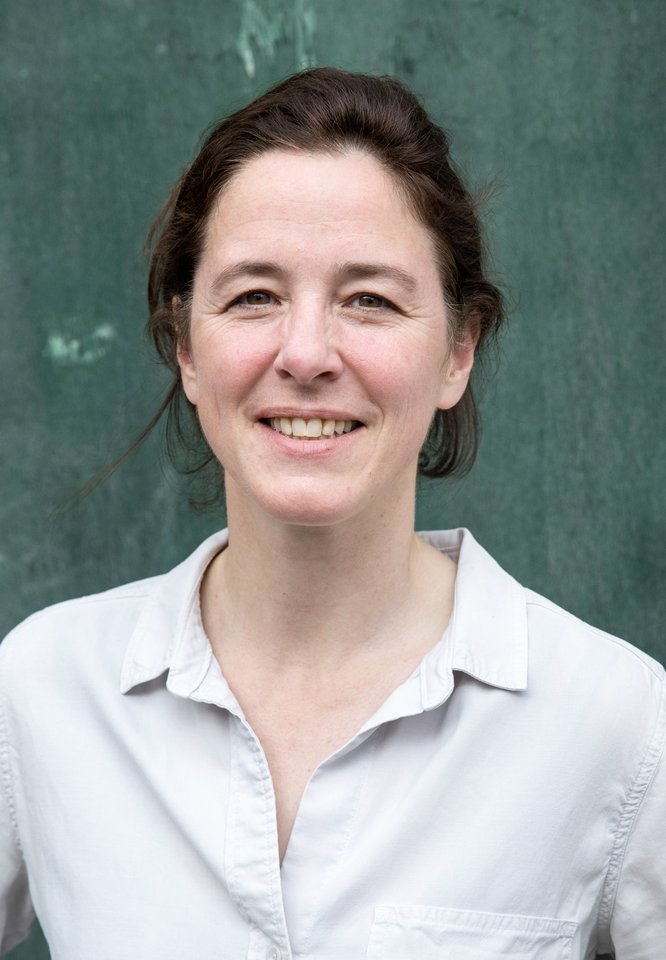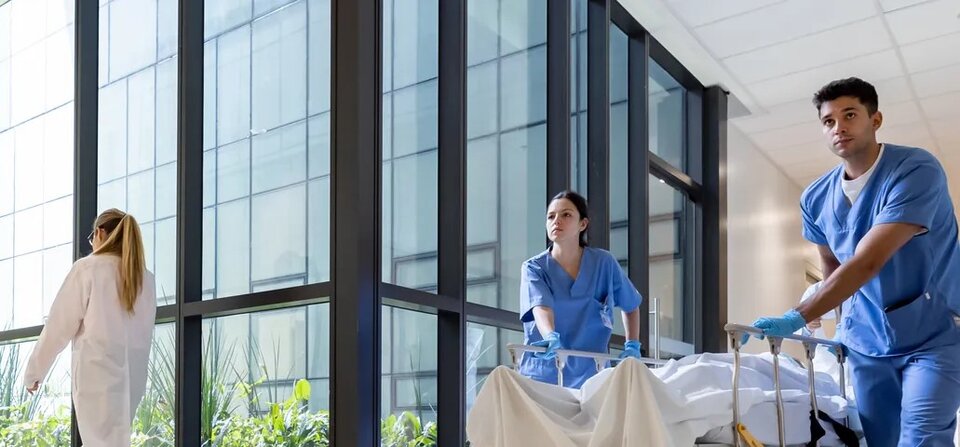Topics A-Z
This page gives examples of our research interests & expertise, but is not complete.
This page is still under construction, in the course of 2024/2025 we will gradually add content to all these topics.
A
-
AI, safety of...
Contact person(s)
Relevant Links
B
-
Bias & heuristics in safety decisions
Description to be added
Contact person(s)
-
Biotechnology & synthethic biology
How to ensure that bio innovations are designed and implemented in a safe and responsible way?
Biotechnology and synthetic biology are rapidly advancing fields at the intersection of biology, technology, and engineering. Biotechnology leverages biological systems, organisms, or derivatives to develop products and technologies that improve human health, agriculture, and the environment. It encompasses a broad range of applications, including genetic engineering, pharmaceuticals, and bioremediation.
Synthetic biology, a subset of biotechnology, goes a step further by designing and constructing new biological parts, devices, and systems not found in nature. It integrates principles from biology, chemistry, computer science, and engineering to create organisms with novel functions, such as microbes engineered to produce biofuels or pharmaceuticals. This interdisciplinary field aims to harness and redesign biological systems for specific purposes, offering potential solutions to some of the world's most pressing challenges, including sustainable energy, environmental conservation, and medical therapies.
Both domains are characterized by their innovative approaches to understanding and manipulating life at a molecular level, pushing the boundaries of what is possible in science and technology. As these fields evolve, they raise important ethical, regulatory, and safety considerations, necessitating a careful balance between innovation and responsible stewardship. How can we make sure that these innovations are designed and implemented in society in a safe and responsible way?
The VTI department works together with the TU Delft Department of Biotechnology on the research and development of responsible state-of-the-art biotechnology applications. To provide insights on how to arrive at responsible biotech designs, we perform studies from a multi-perspective. For example:
- We have devoted studies on governance and regulation; see the GMO policy evaluation commissioned by the Dutch Ministry of Infrastructure and Water Management,
- We participated in an NWO-funded T-TRIPP Project on biotechnology and safety.
In addition, we also study more fundamental questions such as “What defines a biological entity?” and ethical aspects related to the creation of ‘life’ (EVOLF project).
-
Bow-tie risk management approach
Description to be added
Contact person(s)
C
-
Climate, environment & sustainability
Description to be added
D
-
Digital world, safety & security in a ...
Description to be added
Contact person(s)
-
Dynamic methods for risk analysis & management
Description to be added
E
-
Energy transition & safety/security
F
-
Future studies & foresight
Description to be added
G
H
-
Health & care, responsible ...
At the VTI Department, responsible health & care is studied in various ways.
Health care as a socio-technical system
One prominent strand of research, in which Samantha Copeland and Irene Grossmann take the lead, considers health care as a complex socio-technical system, which means that the outcomes of health policies and health care delivery are dependent on multiple actors, circumstances, and interactions between humans and technology. In such a system, policy making and understanding the effect of intentional and unintentional changes are notoriously difficult. This is true on macro level, such as in national health policies, meso level such as hospital or local communities, and on micro level, such as in understanding disease dynamics and personalised care.
To understand both functioning of and performance in health and healthcare systems, it is necessary to first understand the system, both in the components that shape it and the dynamics of their relationships. Next, to create models that mimic these systems, that can be used to increase understanding, simulate potential interventions, and can be utilised as guides in decision and policy making. Here again on the different levels, ranging from decision-making such as on optimal distribution of hospitals over the country, through supply-chain management or safety management systems, to personalised treatment, for example in cancer. We undertake this research together with colleagues from other departments in the context of the TPM Institute for Health Systems Science.
Other research strands
More information to be added
-
Health & care, safety in ...
Within the section Safety & Security Science (3S) of the VTI Department, safety in health care is one of the key research topics. This research takes place within the Centre for Safety in Health Care, where versatile research is conducted together with hospitals and other healthcare institutions.
The mission of the Centre for Safety in Health Care is to reduce preventable harm in healthcare and improve the well-being of healthcare professionals. To this end, we analyze the influence of organizational and human performance-related factors that influence the work of healthcare professionals.
The team focuses on various themes, such as optimization of processes, safety culture, professional conduct, safe introduction of new technology and works on developing / improving research methods.
Based on these studies, we develop, implement and evaluate innovative interventions to improve both patient safety and the well-being of healthcare professionals.
Contact person(s)
Relevant links
-
Human factors / psychology / human-centered design & safety
Description to be added
I
-
Implementation science for health care
Description to be added
-
Industrial parks & clusters, safety & security in ...
Description to be added
J
K
L
M
-
Medical devices, safety of...
Description to be added
N
-
Description to be added
Contact person(s)
O
-
Description to be added
P
-
Probabilistic methods in safety research
Description to be added
Contact person(s)
-
Public space, safety & security in ...
Description to be added
Contact person(s)
Q
-
Quality improvement in health care, methods & study design
Tailoring new methods and interventions to the needs of professionals in clinical practice
Most hospital departments routinely receive feedback on the care delivered to their patients in the form of a comparison with other hospitals treating similar patients. They thus receive a signal when performance becomes worse, so that they can start improvement initiatives.
However, for healthcare professionals to start acting on such feedback, more is needed than just providing data and feedback. They also need to trust the data and understand what needs to be done to improve care. We often encounter questions like
- Did the comparison take into account the complexity of patients that we treat?
- Why wasn’t it detected sooner that our performance was moving in the wrong direction?
Questions like these motivate us to develop new methods that are well suited to use practice, considering amongst others how the method fits into the existing workflow of clinicians. An example is a study that we contributed to on monitoring hospital performance with statistical process control after total hip and knee arthroplasty.
The four stages of facing reality
To really engage professionals in improving care, we need to take them through the four stages of facing reality (see table below).
To reach stage four, we use implementation science principles when developing new methods and interventions, truly understanding the problem and its causes for all stakeholders involved before jumping to a solution.
R
-
Resilience, theories & assessment methods
Description to be added
-
Responsible risk management
How are we to assess, manage & evaluate the risks of technologies & sociotechnical systems in a responsible way?
Responsible risk management is one of the three main research themes of the Department of Values, Technology & Innovation.
In the TU Delft Safety & Security Institute we collaborate on this topic with researchers and stakeholders from various engineering disciplines and application domains.
Contact person(s)
-
Description to be added
-
Risk & uncertainty, philosophy/ethics of...
Description to be added
-
Risk, safety & uncertainty; theory & methods
Description to be added
S
-
Safe (and sustainable) by design
A pro-active approach to minimize the harm of new products, materials & industrial processes
"Safe and Sustainable by Design (SSbD)" refers to a proactive approach in product development and industrial processes that prioritizes safety and environmental sustainability from the outset. The concept emphasizes the integration of values related to safety, health, and environmental considerations throughout the design process, rather than addressing these issues post-production or through mitigation measures.
By adopting this approach, designers and engineers aim to minimize harmful effects on human health and the environment, which involves the selection of materials, processes, and technologies that are inherently safer and more sustainable, for instance using non-toxic materials, minimizing resource consumption, and designing for recyclability or biodegradability.
SSbD represents a shift from a reactive to a preventive mindset, fostering a culture of responsibility and foresight in addressing the interconnected challenges of safety, sustainability, and societal impact in the industrial and product design sectors. This concept is increasingly relevant as industries worldwide seek to meet the growing demand for environmentally conscious and safe products. Along that line, the SSbD framework is currently highly emphasized in the European Commission’s Chemicals Strategy for Sustainability but is also gaining momentum in other engineering fields.
At the VTI Department, we study SSbD both on a conceptual level (e.g. what is SSbD in different fields and domains?), and with a focus on implementation (e.g. the barriers and opportunities for successful implementation of this concept). Through the TU Delft Safety and Security Institute, which our department co-chairs, we collaborate with researchers from other TU Delft faculties/departments; SSbD is one of the key research themes of this institute.
Examples of research output
-
Description to be added
-
Description to be added
-
Description to be added
-
Secure & safe use of technology
Description to be added
-
Security, management of...
Description to be added
T
-
Description to be added














